
- Shandong Loyal Industrial Co.,Ltd.
- SHORT-CUT PASTA PRODUCTION LINE LONG-CUT PASTA PRODUCTION LINE INSTANT PASTA PRODUCTION LINE
Home> Application> The Ultimate Guide To Pasta Production: Unleashing Automation for Optimal Efficiency

The Ultimate Guide To Pasta Production: Unleashing Automation for Optimal Efficiency
The Ultimate Guide To Pasta Production: Unleashing Automation for Optimal Efficiency
The Macaroni Making Machine Line industry is undergoing a transformative phase, marked by the increasing significance of embracing automation. As consumer demands evolve and sustainability becomes a top priority, businesses are recognizing the need for future-ready solutions. This article explores the pivotal role of automation in reshaping the landscape of pasta production, addressing the challenges faced by traditional methods.
Shandong Loyal Industrial Co., Ltd. has incorporated advanced technologies from Tecalit and SARP in the production of its macaroni.Traditional pasta production methods often struggle to meet the demands of a rapidly changing market. This section delves into the challenges encountered by conventional approaches and introduces the concept of optimal efficiency as a key driver for the industry's transformation. The demand for faster, more precise, and sustainable processes is paving the way for innovative solutions.
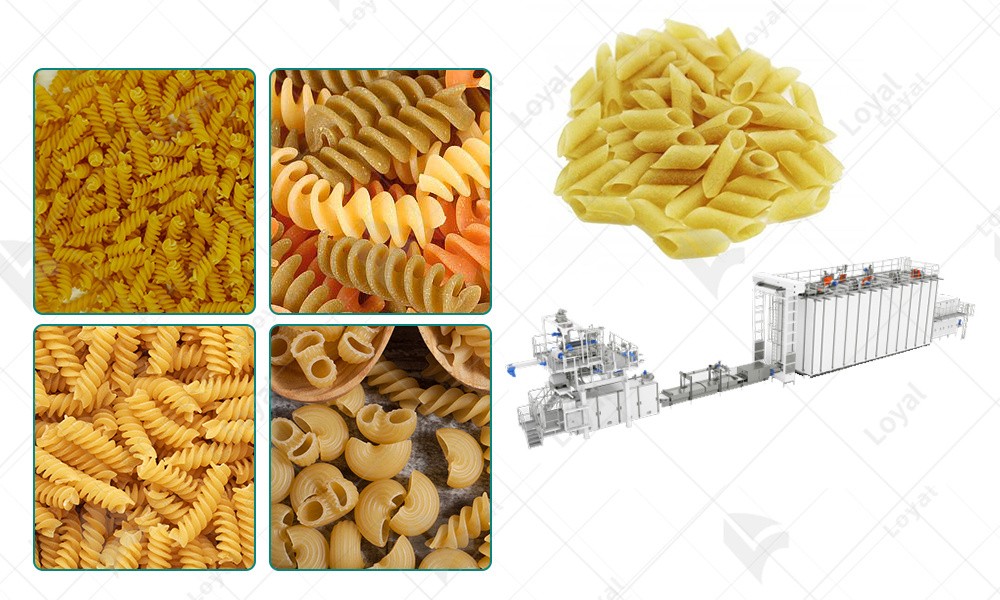
State-of-the-Art Fully Automatic Pasta Production Equipment
Providing readers with a comprehensive understanding of fully automatic pasta production equipment is crucial. This section outlines the core features and components that contribute to the efficiency of these systems. From smart sensors to advanced control systems, the article emphasizes how these technologies form the backbone of future-ready pasta production.
Exploring the cutting-edge technologies driving innovation in fully automatic systems is essential. This part highlights how technological advancements are propelling the speed and precision of pasta production. By incorporating the latest innovations, businesses can stay ahead in the competitive landscape and meet the dynamic expectations of consumers.
Examining the eco-friendly aspects of fully automatic pasta production equipment is a critical aspect of embracing future-ready solutions. This section explores energy-efficient practices integrated into these systems, contributing to a more sustainable approach to pasta manufacturing. The article aims to illustrate how automation and sustainability go hand in hand.
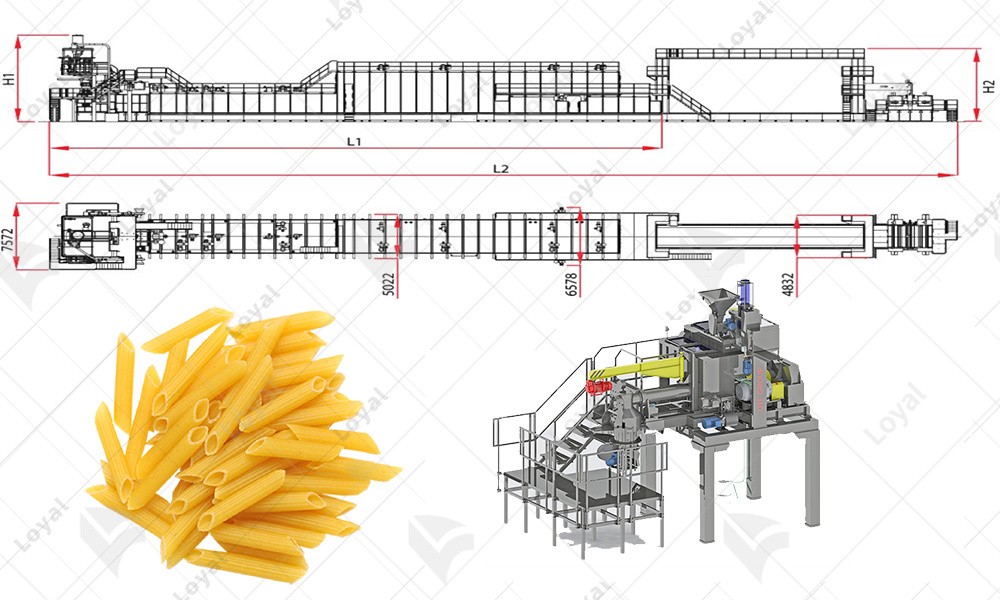
Implementation Strategies for Future-Ready Pasta Production
Guiding businesses through the steps involved in transitioning to fully automated pasta production is vital. This section addresses the challenges that may arise during this process and provides practical solutions for a seamless shift. Readers will gain insights into the considerations and strategies for a successful transition.
Real-life examples play a crucial role in illustrating the positive impact of automation. By showcasing success stories of businesses that have embraced automation, this part highlights the improvements in efficiency, production capacity, and overall operations. The aim is to inspire other businesses to follow suit.
Optimizing Efficiency in Pasta Production
Exploring how automation leads to enhanced speed and precision in pasta production is a central focus of this section. By detailing the mechanisms through which fully automated processes optimize efficiency, the article demonstrates the positive implications for meeting market demands. Speed and precision are critical factors in ensuring a competitive edge in the industry.
Quality assurance is paramount in the food industry. This part highlights how fully automated processes contribute to consistent quality in pasta production. By maintaining high standards, businesses not only satisfy consumer expectations but also build a reputation for reliability. The integration of automation assures a level of quality that is challenging to achieve through traditional methods.
Future Trends and Innovations in Pasta Production
Discussing upcoming technologies expected to influence the future of pasta production is crucial for businesses looking to stay ahead. This section explores the trends that are poised to reshape the industry, providing insights into what to expect in terms of technological advancements. Embracing these emerging technologies will be key to further optimizing efficiency.
The role of sustainability in the future of pasta manufacturing is a topic of growing importance. This part examines how businesses can align with eco-friendly practices in their automated processes. By incorporating sustainable practices, companies not only contribute to environmental conservation but also cater to the preferences of an increasingly conscious consumer base.

Conclusion
Summarizing key points regarding the transformation brought about by automation, this section reinforces the importance of embracing future-ready solutions. It underlines how automation is not merely a technological advancement but a catalyst for positive change, optimizing efficiency and sustainability in pasta production.
The article concludes by encouraging businesses to embrace automation for a more efficient and sustainable future. By emphasizing the long-term benefits for those willing to invest in future-ready pasta production, it urges a proactive approach to stay competitive in the evolving market
Contact Us

- Shandong Loyal Industrial Co.,Ltd.
- Telephone+86 13176674591
- Email[email protected]
- WhatsApp+86 13176674591
- WeChat13176674591
- AddressC623, Jiahui Global Plaza, No. 548, Beiyuan Street, Tianqiao District, Jinan City, Shandong Province
- Factory AddressADD -300m North of Zhangxia Industrial Park, Binhe Road, Zhangxia Town, Changqing District, Jinan
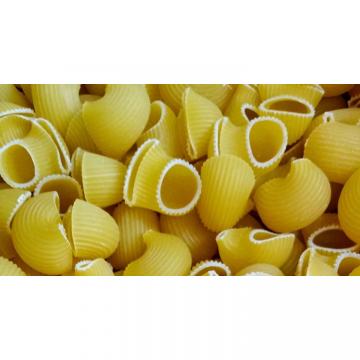



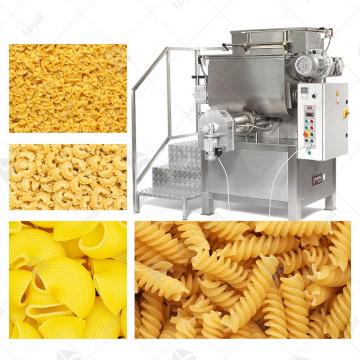
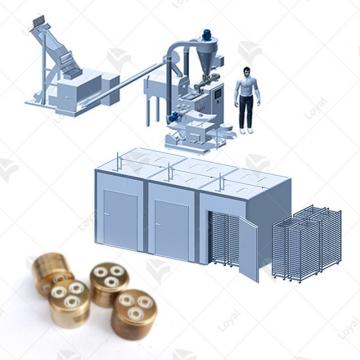 Combined Pasta Production Line
Combined Pasta Production Line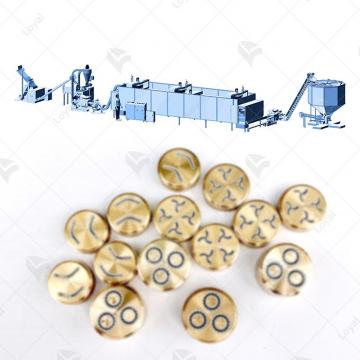 Short-Cut Pasta Production Line
Short-Cut Pasta Production Line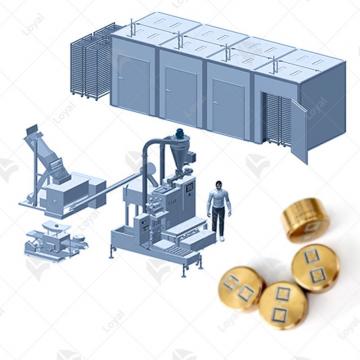 Combined Pasta Machine
Combined Pasta Machine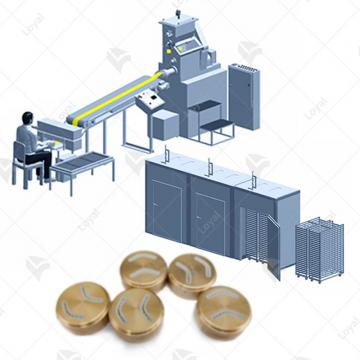 Dry Pasta Production Line
Dry Pasta Production Line